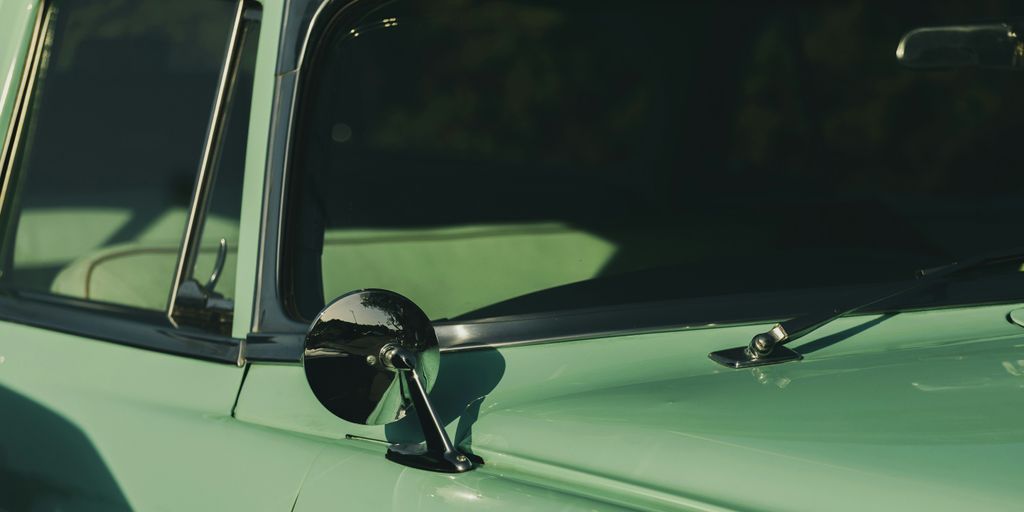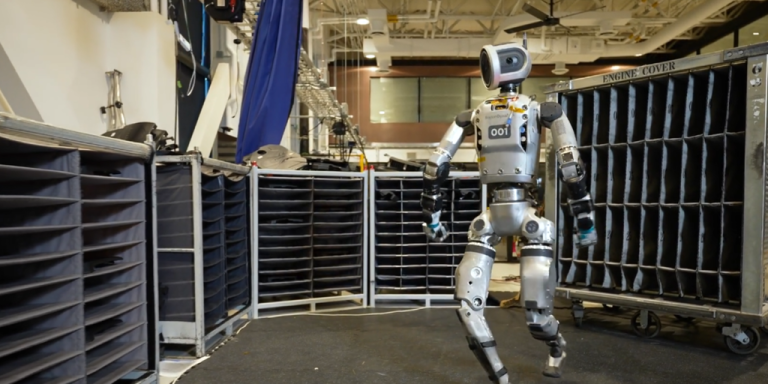
Restoring a vintage car is a journey that combines passion, patience, and precision. Whether you’re bringing back to life a family heirloom or fulfilling a personal dream, the process is as rewarding as it is challenging. This guide will walk you through the essential steps of vintage car restoration, from initial planning to achieving that perfect finish.
Key Takeaways
- Thorough planning and research are crucial for a successful vintage car restoration project.
- Documenting the disassembly process meticulously helps in smooth reassembly.
- Bodywork and paint require attention to detail for a flawless finish.
- Upgrading mechanical systems can enhance the car’s performance and reliability.
- Final touches and quality checks ensure the restored car meets high standards.
Planning and Research
Assessing the Car’s Condition
Before diving into the restoration, it’s crucial to understand what you’re getting into. Assess the condition of the car, identify the make and model, and determine the extent of restoration needed. Is it a full restoration, or are you focusing on specific areas like the engine or interior?
Setting Realistic Goals
Define what success looks like for your project. Are you aiming for a showroom-quality restoration or a reliable weekend driver? Setting clear, achievable goals will guide your efforts and help manage expectations.
Gathering Necessary Tools and Resources
Create a comprehensive restoration plan. This plan should outline every aspect of the restoration process, from the initial assessment to the finishing touches. Consider factors such as the required parts, tools, and the order in which you’ll tackle each phase of the project.
Restoration can be expensive, so it’s important to set a realistic budget. Consider the cost of parts, professional services (if needed), and unexpected expenses. It’s always wise to allocate a contingency fund for unforeseen costs.
Disassembly and Documentation
Disassembling a vintage car is a meticulous process that requires careful planning and attention to detail. Document everything before you start disassembling the car. Take detailed photos and notes, as this documentation will be invaluable when it’s time to reassemble.
Organizing Parts and Components
As you disassemble the car, inspect each part for wear and damage. Catalog everything, noting what needs to be repaired, replaced, or can be reused. Label and organize components to ensure a smooth reassembly process.
Photographing and Labeling
When stripping the car down, don’t forget to label everything and take many photographs showing how components fit and, more importantly, how the wiring loom and any pipework runs along the chassis and through the engine bay. The wiring behind the dashboard can look like a cat’s cradle gone loopy, so label and photograph all the connections each time a switch or instrument is disconnected.
Proper documentation and organization are key to a flawless vintage car restoration.
Creating a Restoration Plan
Maintain a detailed record of your assessment findings. Create a checklist that outlines the repairs, replacements, and maintenance tasks required for each component of the car. This documentation will serve as your restoration roadmap.
Bodywork and Paint
Rust Removal and Repair
Rust is a common issue with vintage cars. Addressing rust early is crucial to prevent further damage. This may involve cutting out rusted sections and welding in new metal.
For the most satisfying and effective results, you’ve got to tackle body and paint restoration head on. There’s no shortcut when it comes to restoring paintwork and body panels.
Panel Alignment and Fitment
Achieving a flawless finish starts with meticulous body preparation. This includes stripping old paint, repairing dents, and smoothing the surface. Quality equipment is essential to achieve professional-level results.
Choosing the Right Paint
Choosing the right paint and applying it correctly is vital for both aesthetics and protection. Consider hiring a professional for this step to ensure the best results.
Engine and Mechanical Systems
Engine Rebuilding Basics
Restoring your vintage car often starts with the heart of the vehicle: the engine. Begin by assessing the engine’s condition. Look for signs of wear, leaks, and mechanical issues. If possible, start the engine to listen for unusual noises and observe its performance. Never buy an unknown engine without knowing its integrity.
A thorough mechanical assessment can save you from costly mistakes down the road.
Transmission and Drivetrain
The transmission and drivetrain are crucial for your car’s performance. Inspect the transmission for any signs of damage or wear. Check the drivetrain components, including the driveshaft, differential, and axles. Ensure all parts are in good condition and replace any worn-out components.
Upgrading Electrical Systems
Modernizing your car’s electrical systems can significantly improve its reliability. Opt for high-quality aftermarket electrical systems that offer more options and circuits. Proper grounding is essential to avoid electrical woes. Ensure all grounds are connected to prevent issues like intermittent accessory operation or engine starting problems.
Interior Restoration

Upholstery and Trim
Restoring vintage car interiors requires meticulous attention to detail. Start by removing the old upholstery and trim. Clean and repair any damaged components before reupholstering. Use high-quality materials to ensure longevity and authenticity.
Dashboard and Instruments
The dashboard is the focal point of your car’s interior. Carefully remove and restore each instrument. Ensure all gauges and controls are functional. Consider upgrading to modern amenities while maintaining the classic look.
Installing Modern Amenities
Integrate modern conveniences like air conditioning and sound systems without compromising the vintage aesthetic. This blend of old and new enhances comfort and usability.
Enjoy small victories during the restoration process. Each completed task brings you closer to your goal.
- Removing the interior components
- Cleaning and repairing components
- Reupholstering and replacing fabrics
Reassembly and Final Touches
Reinstalling Components
Reassembly is a meticulous process. Refer back to your documentation to ensure everything goes back in its place. Take your time to avoid mistakes.
Quality Checks and Testing
Once reassembled, thoroughly test the car. This includes engine performance, handling, and functionality of all systems. Address any issues that arise during testing.
Polishing and Detailing
With restoration complete, it’s time to enjoy your vintage car. Whether it’s a leisurely drive on a sunny day or showing off your work at car shows, take pride in your accomplishment.
Ongoing maintenance is key to keeping your vintage car in top condition. Regular checks and timely repairs will ensure it remains a joy to drive for years to come.
Conclusion
Restoring a vintage car is more than just a mechanical endeavor; it is a labor of love that requires dedication, patience, and a keen eye for detail. By following the steps outlined in this guide, you can transform a classic vehicle into a masterpiece that not only reflects its historical significance but also showcases your craftsmanship. Remember, the journey of restoration is as rewarding as the final product. Whether you are restoring a family heirloom or a personal dream car, the skills and knowledge you gain along the way will be invaluable. Embrace the process, cherish the challenges, and celebrate the triumphs as you master the art of vintage car restoration.
Frequently Asked Questions
What is the first step in vintage car restoration?
The first step in vintage car restoration is planning and research. This includes understanding the project’s scope, assessing the car’s condition, and gathering the necessary tools and resources.
How do I assess the condition of a vintage car?
Assessing the condition of a vintage car involves a thorough inspection of the body, engine, mechanical systems, and interior. Look for rust, wear and tear, and any missing parts that may need to be sourced or fabricated.
What tools and resources are essential for vintage car restoration?
Essential tools for vintage car restoration include basic hand tools, specialized equipment, and reference materials. It’s also important to establish a network of trusted suppliers for quality parts and replacement components.
How should I document the disassembly process?
Documenting the disassembly process involves organizing parts and components, photographing and labeling each part, and creating a detailed restoration plan to keep track of the progress and ensure correct reassembly.
What are the key considerations for bodywork and paint?
Key considerations for bodywork and paint include rust removal and repair, panel alignment and fitment, and choosing the right paint to match the car’s original color or achieve the desired finish.
Can I upgrade the electrical systems in a vintage car?
Yes, you can upgrade the electrical systems in a vintage car. This may include modernizing the wiring, installing a new battery, and upgrading lights and other electrical components to improve reliability and performance.






